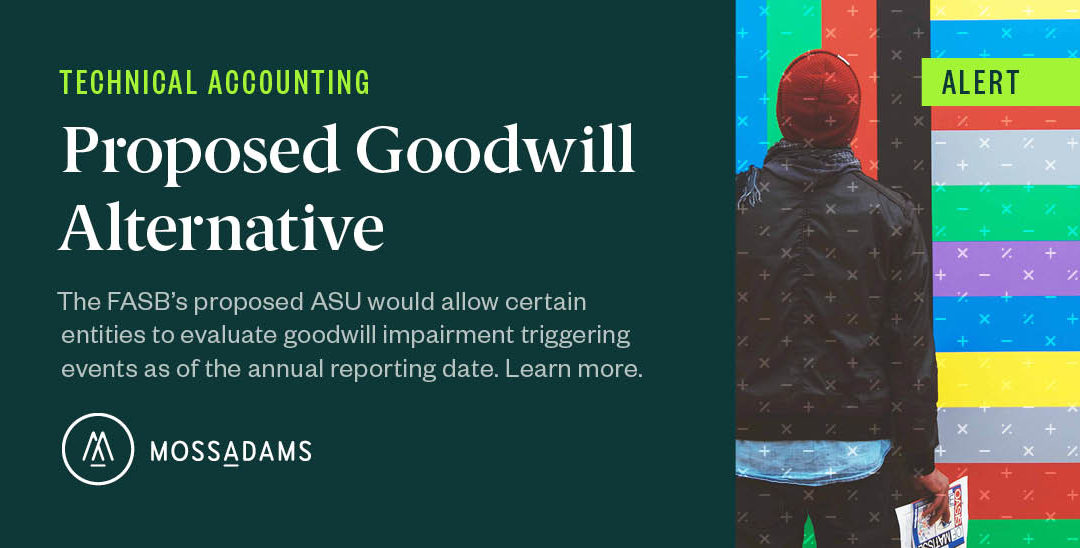- شما هیچ آیتمی در سبد خرید خود ندارید
- قیمت کل: 0 تومان


Producing the information necessary to comply with the new disaggregated expenses disclosure may require detailed recordkeeping. The FASB acknowledged that this process may be challenging for some entities if their financial reporting systems do not currently track information using the categories required by the ASU. Therefore, the ASU explicitly allows entities to use estimates or other methods that reasonably approximate the required disclosure amounts. Nonetheless, updating recordkeeping and estimation processes may require significant time, and PBEs should begin the implementation process as soon as possible.
Financial Accounting Standards Board
Expected credit losses are determined on the basis of how long a receivable has been outstanding (e.g., under 30 days, 31–60 days). This method is commonly used to estimate the allowance for bad debts on trade receivables. Expected credit losses are determined by using historical trends in credit quality indicators (e.g., delinquency, risk ratings). High-level summaries of emerging issues and trends related to the accounting and financial reporting topics addressed in our Roadmap series, bringing the latest developments into focus. A relevant expense caption is one that is presented on the face of the income statement and includes any of the expenses listed above. Prospectively in financial statements issued after the effective date.


Variable interest entities
When exactly will financial institutions currently using FAS 5 and FAS 114 as their guidance need to begin applying CECL? A contingent liability is an existing condition or set of circumstances involving uncertainty regarding possible business loss, according to guidelines from the Financial Accounting Standards Board (FASB). In the Statement of Financial Accounting Standards No. 5, it says that a firm must distinguish between losses that are probable, reasonably probable or remote.
Emerging Issues Task Force
These liabilities become contingent whenever their payment contains a reasonable degree of uncertainty. Only the contingent liabilities that are the most probable can be recognized as a liability on financial statements. Other contingencies are relegated to footnotes as long as uncertainty persists. An entity may choose how to classify business interruption insurance recoveries in the statement of operations, as long as that classification is not contrary to existing generally accepted accounting principles (GAAP). PwC refers to the US member firm or one of its subsidiaries or affiliates, and may sometimes refer to the PwC network. This content is for general information purposes only, and should not be used as a substitute for consultation with professional advisors.
- The Appendix provides examples of these new, disaggregated disclosure requirements.
- There are strict and sometimes vague disclosure requirements for companies claiming contingent liabilities.
- A PBE also may provide voluntary disclosures in the tabular format to offer investors decision-useful information, if that information is not combined with the required, disaggregated disclosures.
- Camden National Bank, the winner of the Celent Model Bank Award for Risk Management in 2018, decided to shift to an automated approach ahead of CECL.
- Companies that underestimate the impact of legal fees or fines will be non-compliant with GAAP.
- The FASB set out to establish a one-size-fits-all model for measuring expected credit losses on financial assets that have contractual cash flows.
International standard setting comparability
The FASB set out to establish a one-size-fits-all model for measuring expected credit losses on financial assets that have contractual cash flows. Ultimately, however, the FASB determined that the CECL model would not apply to available-for-sale (AFS) debt securities, which will continue to be assessed for impairment under ASC 320. Nonbanks that have yet to adopt the guidance should (1) focus on identifying which financial instruments and other assets are subject to the CECL model and (2) evaluate whether they need to make changes to existing credit impairment models to comply with the new standard. In addition, on June 27, 2023, the FASB issued a proposed ASU that would broaden the population of financial assets that are within the scope of the gross-up approach currently applied to purchased credit-deteriorated (PCD) assets under ASC 326.
Disclose expense reimbursements included in any relevant expense captions such as those reimbursed under shared research and development contracts. Any reimbursements may be presented in the tabular format as a separate line item or net within the relevant expense category with separate disclosure. It does not make any sense to immediately realize a contingent liability – immediate realization signifies the financial obligation has occurred with certainty. Retrospectively to any or all prior periods presented in the financial statements.
The diagram below depicts the impairment models in US GAAP that were replaced by the CECL model. The experienced professionals in BDO’s Accounting Advisory practice can help navigate the complexities of applying U.S. Future costs are fasb 5 summary expensed first, and then a liability account is credited based on the nature of the liability. In the event the liability is realized, the actual expense is credited from cash and the original liability account is similarly debited.
There are strict and sometimes vague disclosure requirements for companies claiming contingent liabilities. Another plus of automating the ALLL was that the platform Camden selected included methodologies appropriate for both the incurred credit loss model and for the expected loss model under CECL. Choosing a solution that can calculate both the ALLL now and the allowance for credit losses under CECL will make it easier as financial institutions transition to CECL from FAS 5 and FAS 114 (guidance on accounting for impaired loans under the incurred loss method of GAAP). If a contingent liability is deemed probable, it must be directly reported in the financial statements. Nevertheless, generally accepted accounting principles, or GAAP, only require contingencies to be recorded as unspecified expenses.
